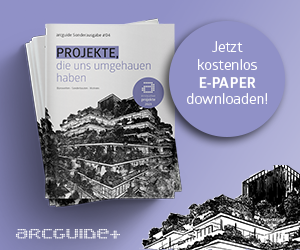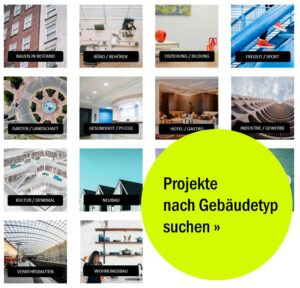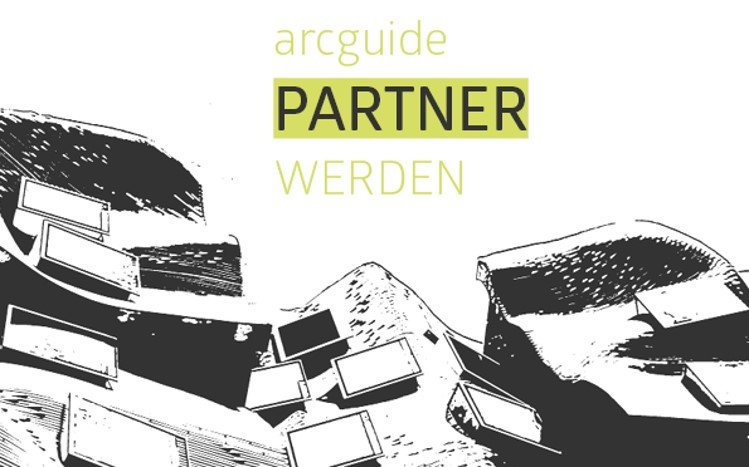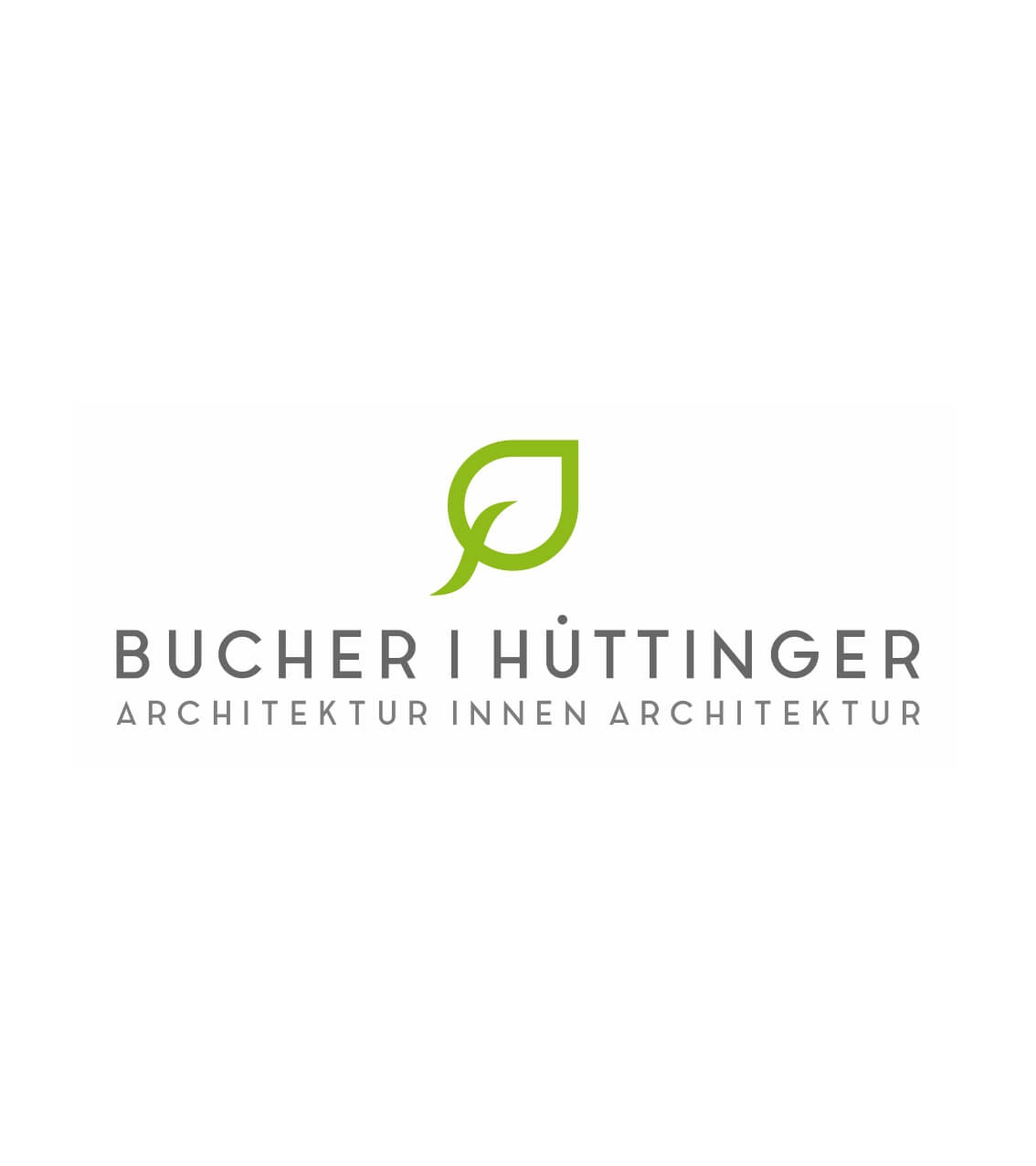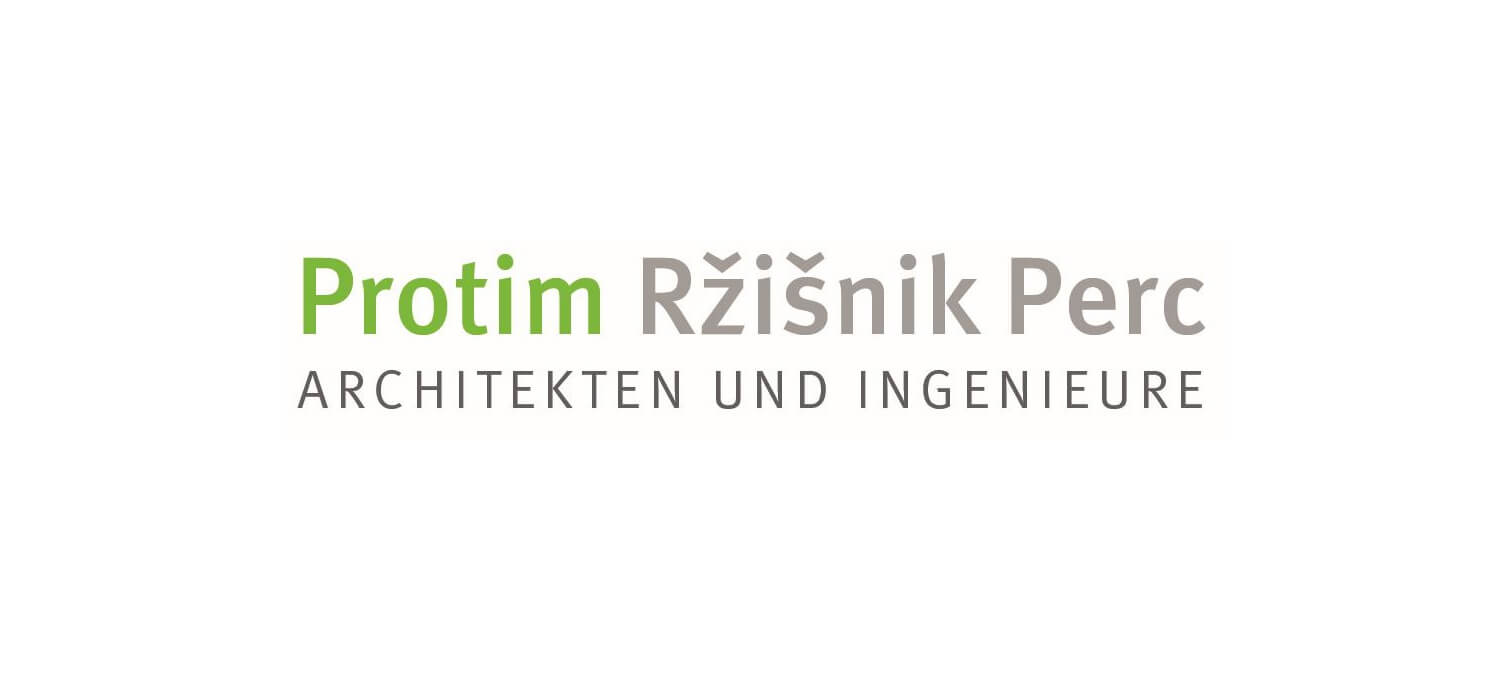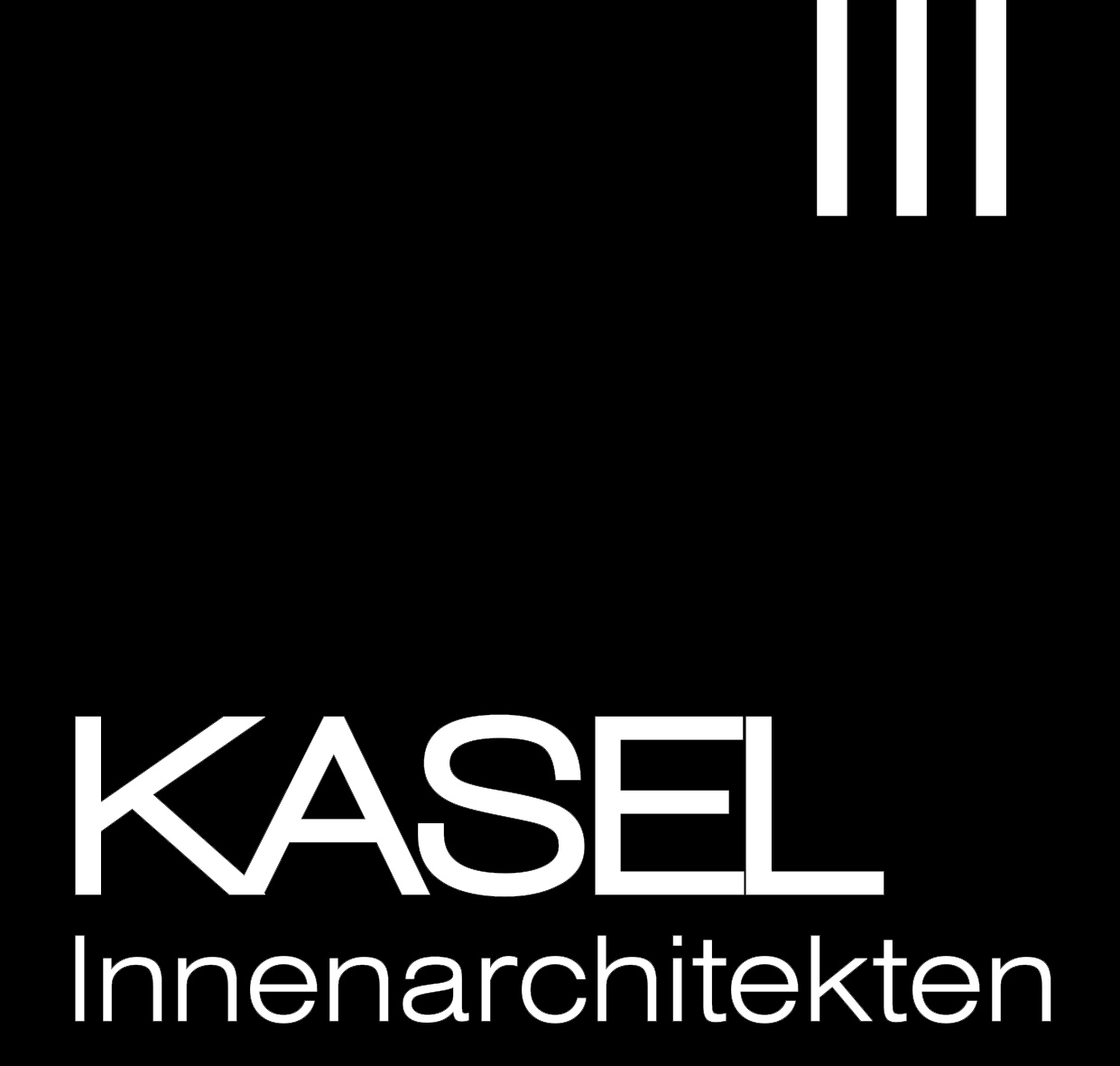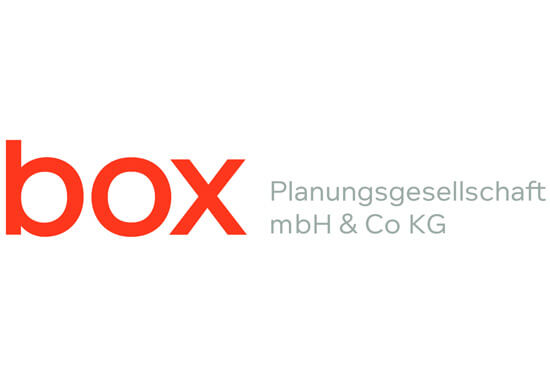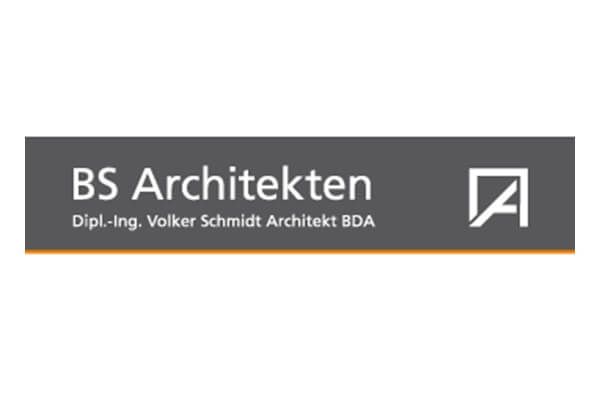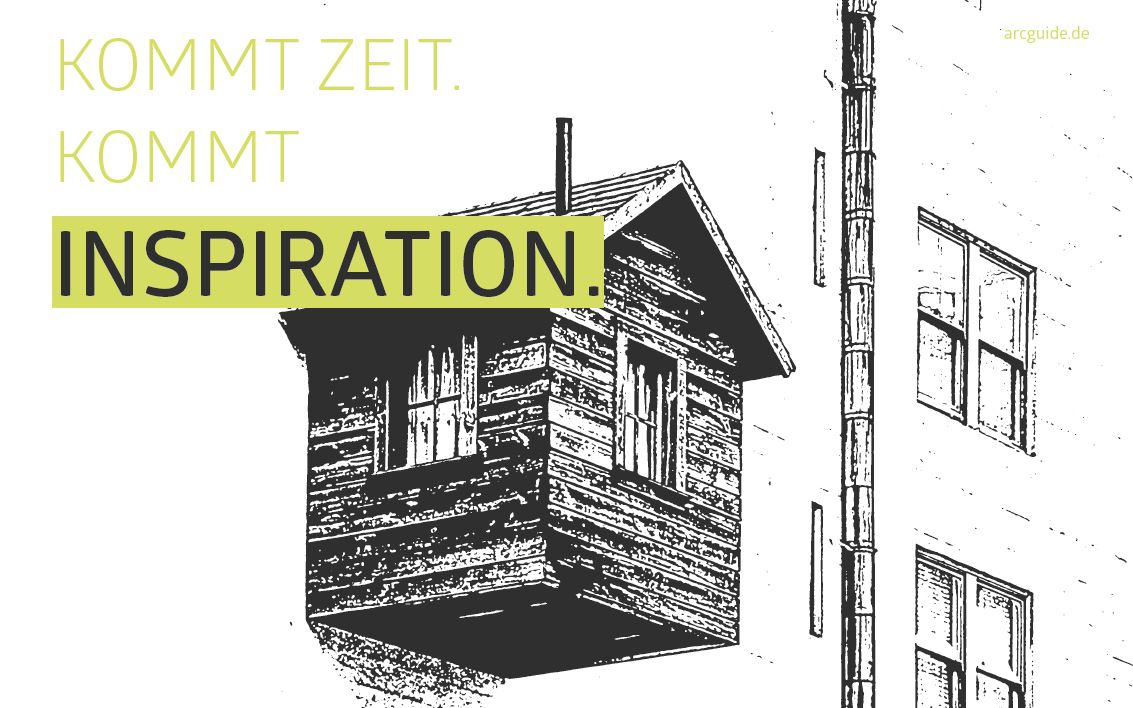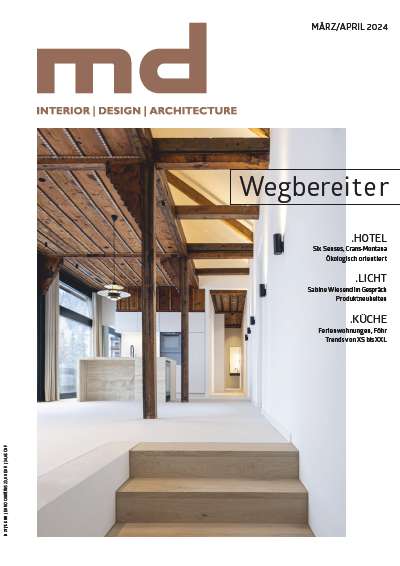Briefly, the project foresees:
– where lacking, there is the exclusive use of material discovered in related outlying areas; said material is re-introduced if compatible in architectural, geographical, historical and stylistic terms
– the rooms maintain the original use for which they were designed
– interiors are furnished with the Arte Povera tradition, the folk arts and craft of the Abruzzo mountains
– the adoption of all modern fully-operational amenities that, however, are imperceptible (heating beneath the floors, non-invasive remote controls, etc)., so as to avoid violating the integrity of interior environments centuries-old
– the re-introduction of select local craft culture fortunately still alive in the memories of the area's senior citizens with the due philological rigour of our ongoing work; from her culinary tradition to the craftsmanship of the Abruzzo mountains, every precaution has been taken against the too-common trap of re-proposing faked folklore and false folk mannerism so often reproduced, replicated and found in many historical burghs catering to tourism. Our approach to conservation has us preserving the real signs of time's passage, such as the smoke-blackened plasters, or maintaining the plaster layering which is systematically removed elsewhere while here it marks the poverty and destinies of the populations of the agricultural and pastoral civilizations of the Apennine mountains.Indeed, we maintain the evidence of the lives lived, of lives lived in poverty.
Methodologically, we consider such signs an integral part of the patrimony to preserve Versus the tendency of courtly and classical traditions that have usually considered the deep submerged charm of these smaller historical burghs that have survived the glories and poverties of pastoral civilization as minor. It is precisely in these marked stones that one finds the signs of the suffering of the time, signs that like sediment have deposited generation after generation; in these stones, the soul, the genius of these environments so closely related to the destiny of the people who have built and lived here for their own practical purposes and needs. Partly a possible consequence of this cultural heritage, partly a political impasse, the lack of means to preserving the integrity of the architectural and historical heritage and landscape of these so-called minor burghs represent the main problem towards imagining a new fate. In sharp contrast with other countries, in Italy these burghs have been systematically assaulted by post-war urbanization (WWII) even where the growth rate of such centres was negative and, later, by urbanization for the tourist industry, urban interventions which, needless to say, are far from being in harmony with the local historical patrimony. In a rather paradoxical manner it was poverty, the desertion, abandonment and subsequent migration without return from the village that, in fact, preserved some of southern Italy’s burghs and maintained the integrity and authenticity of features that are architectural, environmental and historical; their conservation is now part of a political agenda and is a request demanded of the private sector as a prerequisite for a qualified re-utilisation. The possibility of this model surviving in time in Santo Stefano di Sessanio and that it can be reproduced elsewhere does not require the support of public funds so much as clear political actions focussing on the uncompromising guardianship of these historical burghs.
Weitere Informationen:









